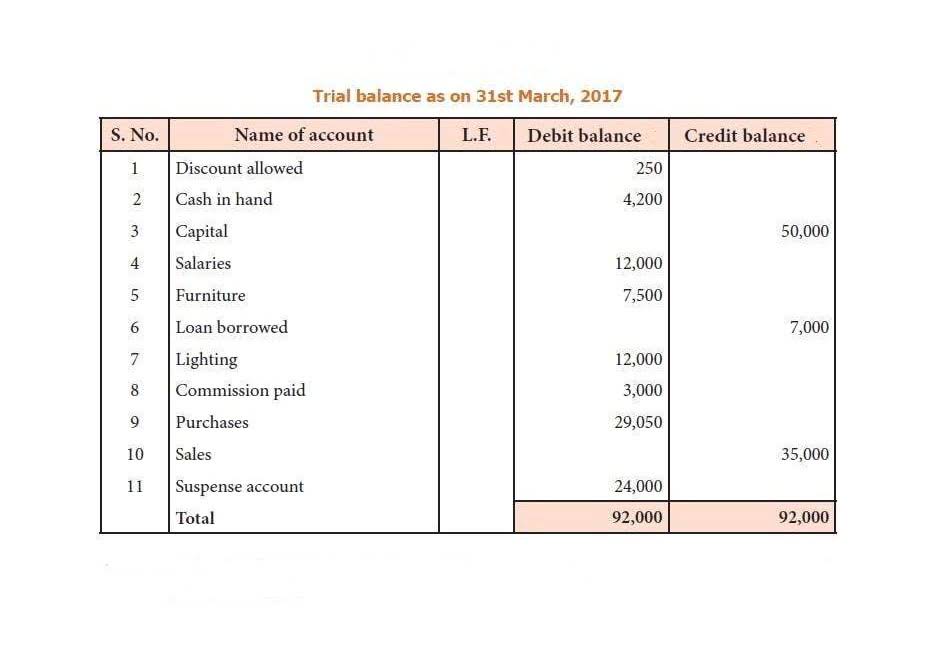
The taxpayer Bill of Rights is grouped into 10 easy to understand categories outlining the taxpayer rights and protections embedded in normal balance the tax code. Separately, if you are starting a 501(c)(4) organization, you must submit a Form 8976, Notice of Intent to Operate Under Section 501(c)(4), within 60 days of the organization being established. You must submit the form electronically using the IRS Online Registration System and pay a $50 fee. No special software is needed; you just need an email address to activate a login id and password. Jane Haskins practiced law for 20 years, representing small businesses in startup, dissolution, business transactions and litigation. She has written hundreds of articles on legal, intellectual property and tax issues affecting small businesses.
AlgosOne AI helps manage risk with built-in position sizing controls AlgosOne AI official website
About this form
Here’s what you need to know about the 501(c)(3) application process, including instructions on how to complete the necessary forms. To be organized exclusively for a charitable purpose, the organization must be a corporation (or unincorporated association), community chest, fund, or foundation. This requirement may be met if the purposes stated in the organizing documents are limited by reference to section 501(c)(3). Select an option above for more information on charitable and nonprofit organizations. This information also applies to government agencies and certain religious organizations. However, this information does not apply to self-collecting taxation jurisdictions.

What Is a 501(c)( Organization?

To apply for recognition by the IRS of exempt status under IRC Section 501(c)(3), you must use either Form 1023 or Form 1023-EZ. The organization must be formed “as a trust, a corporation, or an association” to qualify for 501(c)(3) status, according to the IRS. A 501(c)(3) organization must operate within the confines of the law pertaining to 501(c)(3) organizations to maintain its favorable tax treatment. Below are a few IRS tools to get your organization moving in the right direction. That’s why our SureSTART program is designed to walk you through the process—step-by-step. We’ve helped over 25,000 nonprofits successfully launch, and we’re ready to help you, too.
- Once a nonprofit organization is incorporated, it can apply for federal tax exemption with the IRS or the state.
- Whether you’re just starting out with Form 1023, preparing your annual Form 990, or getting ready for a big grant opportunity, Boardable gives your board the tools to stay focused, organized, and mission-driven.
- Oftentimes, words such as charity, nonprofit, and 501(c)(3) are used interchangeably; however, not all nonprofits have 501(c)(3) standing.
- When forming a nonprofit corporation your articles of incorporation will need to include language that limits its purpose to one of these categories and restricts it from engaging in activities that do not further that purpose.
- A determination letter is sent after applying for the 501(c)(3) exemption.
Electronic Federal Tax Payment System, A Guide to Getting Started

A 501(c)(3) nonprofit organization is generally a business entity that adds to the public good. The name comes from section 501(c)(3) of the IRS tax code, which defines the primary purposes of an organization that may qualify it for exemption from federal 5013c income tax liability. Internal Revenue Code (IRC) and a specific tax category for nonprofit organizations. Organizations that meet Section 501(c)(3) requirements are exempt from federal income tax. The Internal Revenue Service (IRS) recognizes more than 30 types of nonprofit organizations but only those that qualify for 501(c)(3) status can say that donations made to them are tax-deductible.

Qualifications for exemption
Private foundations — IRC 501(c)(3)Private foundations typically have a single major source of funding (usually gifts from one family or corporation) and most primarily make grants rather than directly operate charitable programs. Government and tax-exempt entities can now benefit from clean energy tax credits with new options How to Run Payroll for Restaurants enabled by the Inflation Reduction Act of 2022. Find out about elective pay and transferability of clean energy tax credits. While many or all of them may seem like the perfect fit, it is best to test that fit before finalizing your decision. Do so by first asking potential candidates about their interest in serving.
Leave a Reply